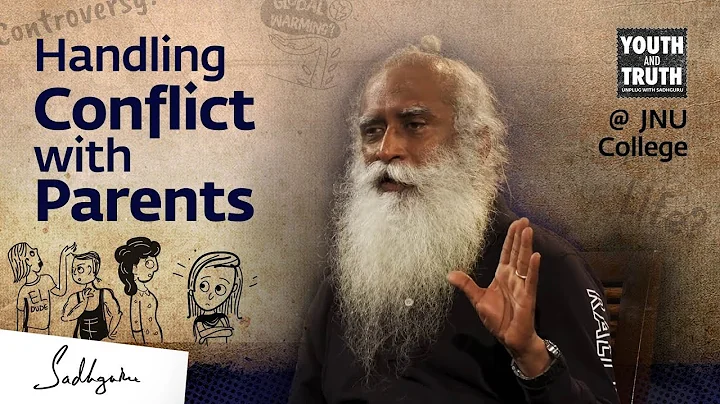
Art is the crystallization of mankind's great ideas, and it also brings countless surprises and shocks to mankind.
There are many ways to come into contact with art and learn about art, one of which is to walk into it through stories.
"I Eat Art in the Museum" is a popular science picture book that combines stories and art. The author of this book, Christina Ziegler, is not only a writer, but also a cultural relic restorer and an "art gourmand" who loves art. He explains to children in the form of stories through the mouth of Uncle Herbert the Moth. Museums and their associated artworks. Perhaps because of his love for food, he even named the book so appetizing.

1. Interesting stories
The little moth family lives in the countryside. They have been looking forward to the arrival of their uncle Herbert and want to hear his uncle tell them stories about the outside world. Because my uncle lives in a museum, this time he told the little moths the story of the museum.
Because the little moths are very curious about the world of museums, especially Jolinde, she also followed her uncle on a museum trip. During this trip, they also discovered a thief who had sneaked into the museum to steal paintings. Jolinde tried every means to gather the small insects, and they united to form a dense group and finally triggered the motion detector, successfully saving her uncle Herbert, and the police also caught the thief.

Finally, they completed their trip and returned home.
was originally just a museum trip. Through the author's writing, this journey was full of thrills and excitement. It is stories like this that bring fun to seemingly ordinary popular science picture books.
2, Meticulous science popularization
The science popularization knowledge points in this book mainly involve two aspects. On the one hand, it is the science popularization of moths, and on the other hand, it is the science popularization of art-related contents.

By reading this book, children can clearly understand the living space, lifespan, body appearance, activity time, food, size, distribution, natural enemies, reproduction and other related knowledge of moths. It is worth noting that the book also mentions that people often treat clothes moths as pests, but in fact they are not harmful to humans.
Since the title of the book mentions words such as "museum" and "art", this book will popularize these common sense contents.
"A museum is a place where collections are preserved and displayed, and a place where everyone can 'learn' and 'discover'." The British Museum in London is the oldest museum in the world. It is free and open to the public, regardless of whether you are rich or poor.

And the "Mona Lisa " by Leonardo da Vinci that we are familiar with currently exists in the Louvre .
As for what is art? The book does not give a clear definition, but the author shares artists' answers to art. For example, the artist Paul Klee believed that "art is not to present visible images, but to create visible images", Franz Marc believed that "art is to give consciousness to images", and Herbert believed that "art is a A wonderful taste."
After describing these concepts, the author described the development of art in detail. Art does not only exist in museums, but also street art, ephemeral art, etc.; he also shared some paintings by famous authors in the world, such as Van Gogh 's "Starry Night", Hilma Af Klint's "Swan (No. 17)", Paula Modersson-Becker's "Self-Portrait", from these paintings, we can be more realistic Feel the charm of art.

In addition, the author also talks about the restoration work of artworks and how to protect them. Restoration may seem easy, but in fact the work is quite complicated. The restorer needs to be familiar with the creation techniques and materials used in various types of art works, so that the artwork does not change in any way after restoration.
These contents are usually difficult for children to access. Even if they go to a museum, no one will popularize them.But if the children read the book "I Eat Art in the Museum" and then go to the museum to watch it, the effect will definitely not be the same.

is written at the end:
Today’s children have more opportunities to interact with, and traveling to museums is commonplace. However, many parents do not prepare relevant knowledge for their children in advance, and even parents do not understand this knowledge.
"I Eat Art in the Museum" just fills in this part of the knowledge that is easily missed. Therefore, I think it is suitable for parent-child reading. After reading, parents can take their children to the museum happily.
As for the art in the museum, then go and "eat" it to your heart's content!












